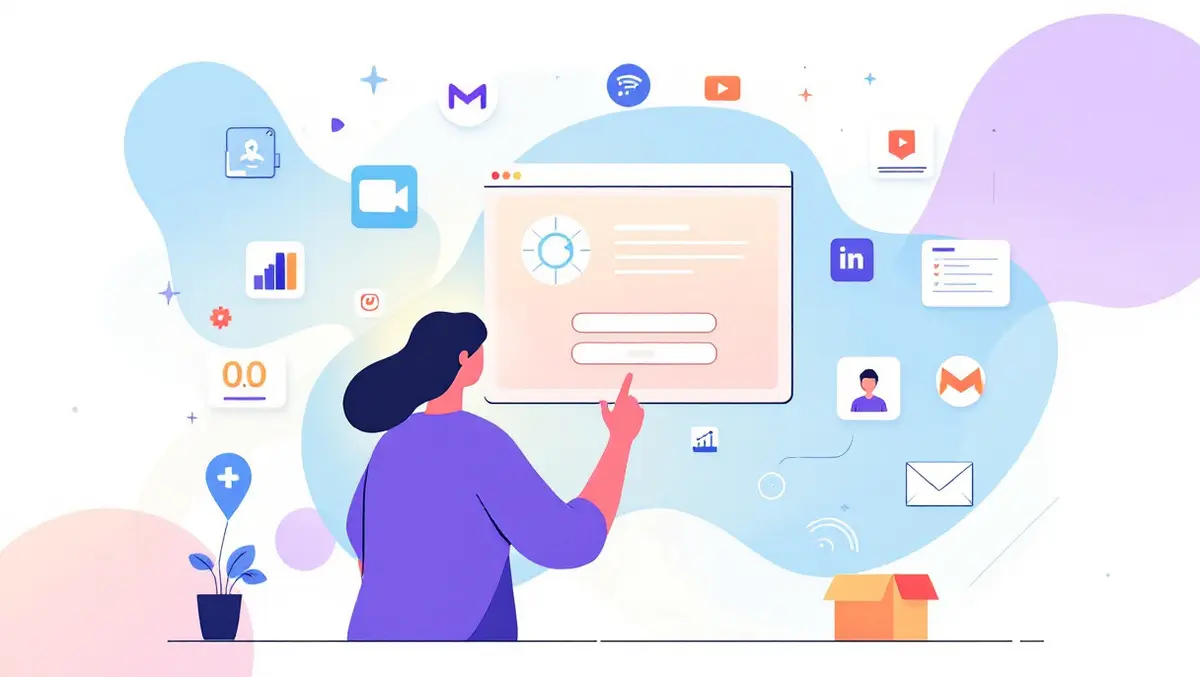
AI & unified platforms shape the future of self-service
Today's tech-savvy consumers expect frictionless, on-demand shopping and appreciate self-service portals. These platforms empower users with the tools to help themselves throughout the buying experience - putting control in the hands of the customer.
Research has found that people prefer dealing with tech over personal interactions. Retail Banking Research modelling predicts the number of contactless self-checkout stores will rise more than 90% per year globally, in the next two years.
As the subscription economy evolves, more and more B2C businesses will shift toward self-service account management. Why? Because it cuts down on costs, reduces friction and gives customers the flexibility they want. When done right, self-service is a win-win for everyone.
AI-powered convenience
Artificial intelligence (AI) plays a key role in enhancing self-service platforms by providing personalized recommendations and predictive customer support. AI-powered chatbots assist users in navigating options, answering common queries and troubleshooting problems without human intervention.
Companies like Netflix and Amazon are leading examples of how self-service can enhance customer satisfaction while reducing operational burdens. For instance, Amazon leverages self-service for everything from account management to automated returns. Netflix uses AI to recommend content based on viewing habits, helping users discover shows and movies without manual searching.
But while AI brings a ton of benefits, many businesses struggle to use it effectively. Simply adding AI tools isn't enough – you have to be strategic. Here are three things to keep in mind:
- Maintaining personalization – Striking the right balance between automation and human interaction is crucial. Businesses should ensure that AI-driven solutions complement human expertise rather than replace it, preserving authenticity and meaningful customer engagement.
- Ensuring customization – A one-size-fits-all approach often falls short, as different industries and organizations have distinct requirements. Tailored solutions are needed.
- Improving AI usability – Intuitive and user-friendly interfaces and accessibility are needed; if your self-service platform isn't easy to use, people won't use it.
AI works best when it enhances customer interactions instead of replacing them.
Why a unified platform is essential
The shift from traditional rule-based processes to AI-driven, dynamic workflows makes automation significantly more effective. AI agents—when given the right data and guidelines, can take smarter actions and provide better recommendations.
But here's the catch – if your systems aren't connected, AI can't do its job properly. A unified platform helps systems work in sync, enhancing the self-service experience:
- Beyond chatbots – AI agents do more than provide conversational interfaces; they actively complete tasks, automate resolutions, and drive efficiency.
- Personalized bundling – Machine learning tailors recommendations based on user behavior, enhancing customer experience and increasing conversions.
- Data-Driven insights – Advanced analytics empower businesses to refine sales strategies, optimize performance, and make informed decisions.
A unified platform helps businesses utilize AI tools in a practical yet impactful way.
Capitalizing on unified commerce
Self-service solutions broaden access to software procurement, giving small businesses more options. Independent Software Vendors (ISVs) are increasingly embracing direct-to-consumer approaches, using automation to move from traditional distribution models. With a unified platform, ISVs have more control over their sales channels and can easily publish on hyperscaler marketplaces for broader distribution.
Automating processes eliminate manual tasks such as paperwork, phone calls and reliance on intermediaries, which can lead to greater efficiency and cost savings. Businesses can negotiate directly with ISVs to secure custom pricing and private offers, ensuring more flexible and competitive pricing options. Automated provisioning further streamlines operations by enabling instant access to software, reducing delays and administrative overhead.
A unified platform simplifies sales management across multiple channels, allowing businesses to efficiently oversee and optimize their sales strategies. Centralized reporting and real-time analytics offer valuable insights to help businesses track performance and identify trends.
Focus on customer satisfaction
Self-service account management portals are a game-changer for B2C companies in the subscription economy. With these self-service tools, customers can tweak their subscriptions to match their changing needs. Whether it's upgrading, downgrading, or canceling a plan, they have the flexibility to adjust their services anytime. Updating payment methods is a breeze too, reducing potential hiccups due to outdated billing info. Users can also customize their preferences, like opting in or out of notifications and promotional emails, for a more personalized experience.
And it's not just customers who benefit. ISVs can use these same tools to manage customer interactions more efficiently. The more seamless the experience, the more engaged customers will be. Businesses that invest in self-service solutions are better prepared to meet the expectations of today's consumers.

